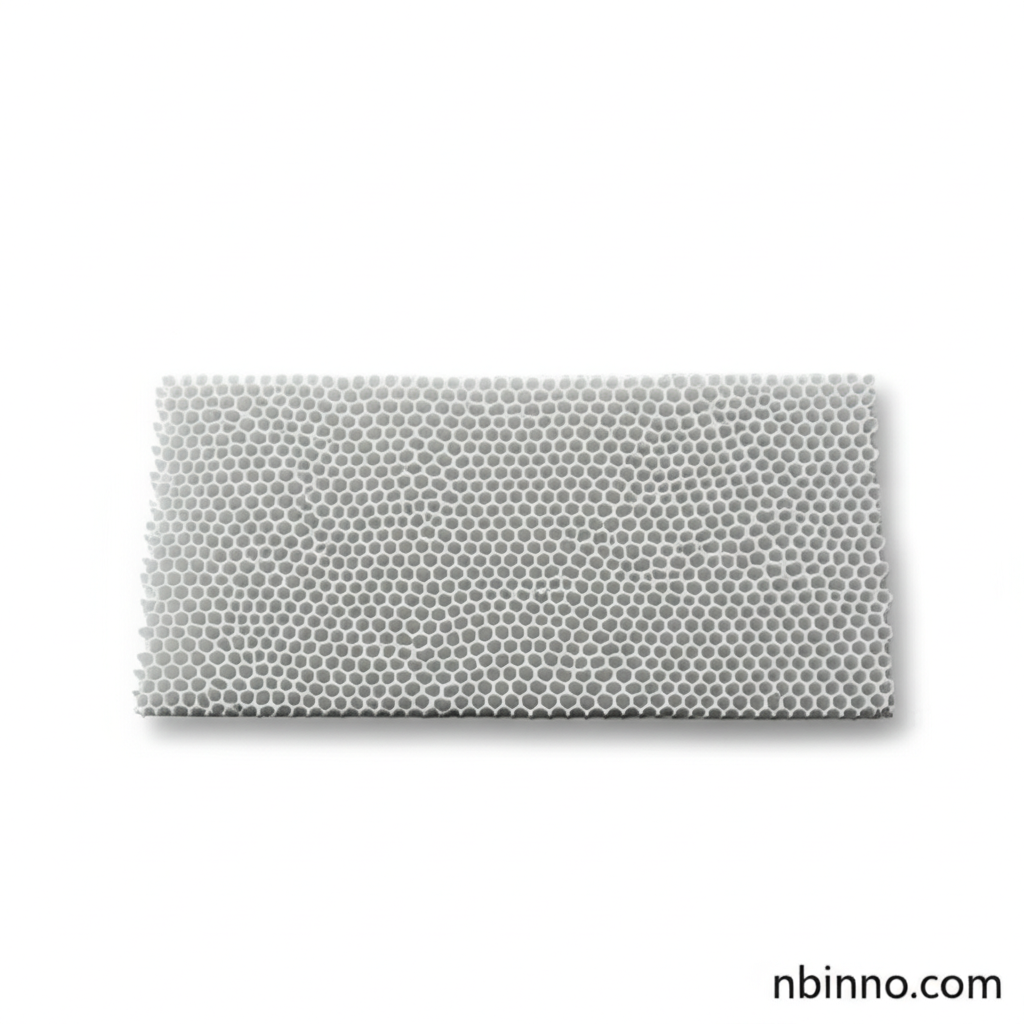Advanced Ceramic Honeycomb for Superior Catalyst Support
Discover the power of high heat capacity ceramic honeycomb, engineered for exceptional performance in emission control and industrial catalysis. Explore its applications and benefits as a reliable supplier in China.
Get a Quote & SampleUnlocking Industrial Efficiency with Ceramic Honeycomb

Ceramic Honeycomb Catalyst Support
As a leading supplier in China, we offer advanced ceramic honeycomb structures designed to significantly enhance catalytic processes. These materials boast exceptional heat capacity, chemical inertness, and thermal shock resistance, making them ideal for demanding industrial applications. Our commitment as a manufacturer ensures consistent quality and performance.
- High Heat Capacity Ceramic Honeycomb: A Versatile Catalyst Support for Emission Control provides excellent thermal performance crucial for many industrial catalytic reactions.
- Cordierite Catalyst Carrier Properties are optimized for durability and efficiency, ensuring reliable operation under extreme conditions.
- Regenerative Thermal Oxidizers Heat Media utilize these structures to efficiently destroy pollutants while reusing thermal energy, reducing operating costs.
- Industrial Air Pollution Control Catalysts benefit from the large surface area and uniform channels of ceramic honeycomb, maximizing pollutant conversion rates.
Key Advantages Driving Performance
Superior Thermal Resistance
Experience reduced exhaust heat loss and maximized fuel efficiency. Our ceramic honeycomb supports can withstand high temperatures, ensuring operational stability and longevity, crucial for emission control systems.
Enhanced Catalytic Efficiency
The intricate honeycomb design offers a vast surface area for catalytic reactions. This maximizes the interaction between exhaust gases and the catalytic material, leading to higher conversion rates for pollutants, supporting industrial air pollution control.
Robust Chemical and Mechanical Stability
Benefit from excellent chemical inertness and resistance to thermal shock. These properties ensure the integrity and performance of the catalyst support even in harsh environments, a key aspect for automotive emission control substrate applications.
Diverse Application Fields
Automotive Emission Control
Essential components in catalytic converters, our ceramic honeycombs help vehicles meet stringent emission standards by effectively converting CO, HC, and NOx. This contributes to cleaner air and better vehicle performance, vital for cordierite catalyst carrier properties.
Industrial Air Purification
Used in Regenerative Thermal Oxidizers (RTOs) and other air pollution control systems to destroy Volatile Organic Compounds (VOCs) and odorous emissions, promoting a healthier environment. These serve as critical regenerative thermal oxidizers heat media.
Chemical Process Catalysis
Acts as an inert and stable support for various catalysts in chemical manufacturing, improving reaction efficiency and product yield by providing a large, uniform surface area.
Heat Exchange Applications
Their structure and material properties make them effective heat exchange media, contributing to energy efficiency in thermal processes.
